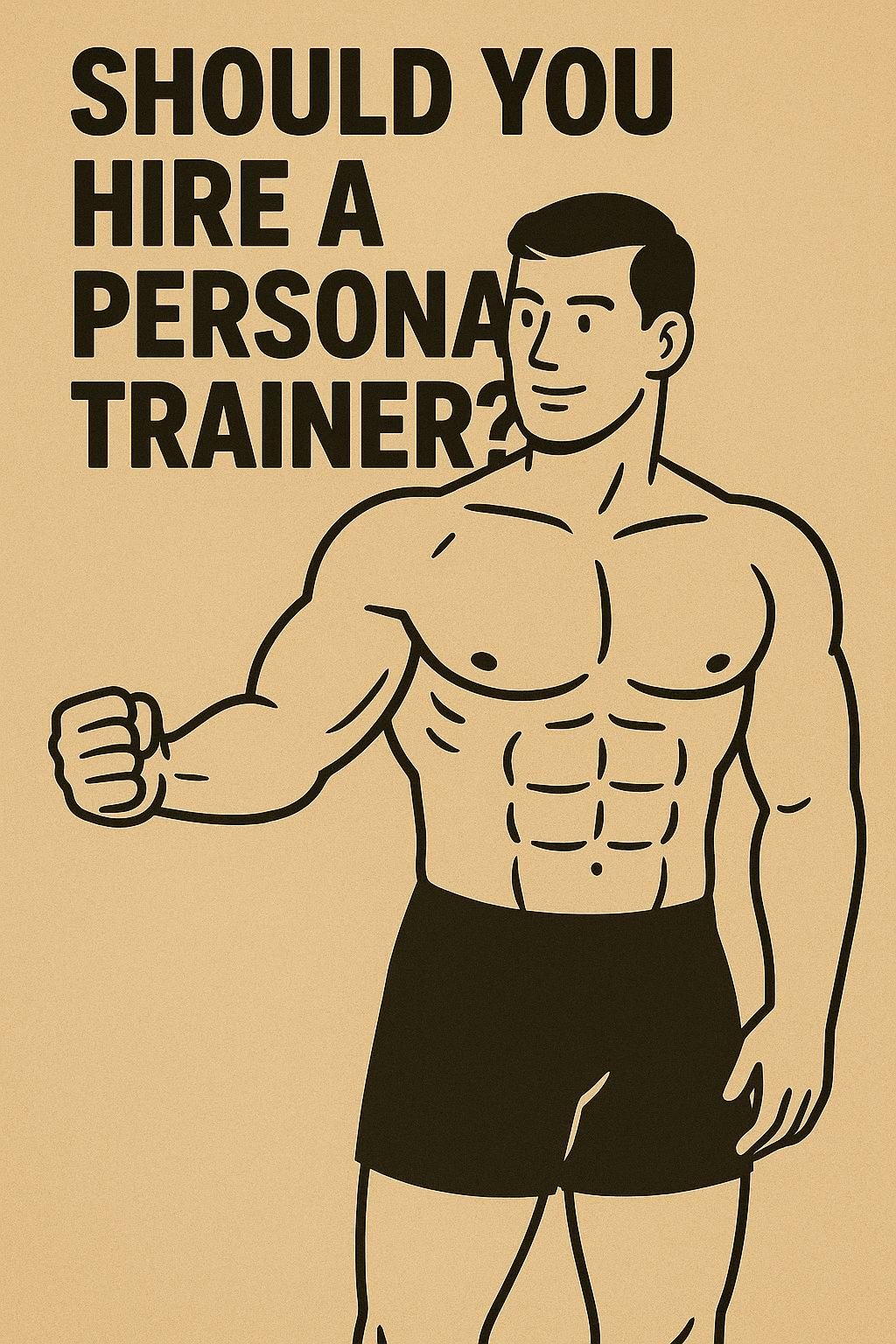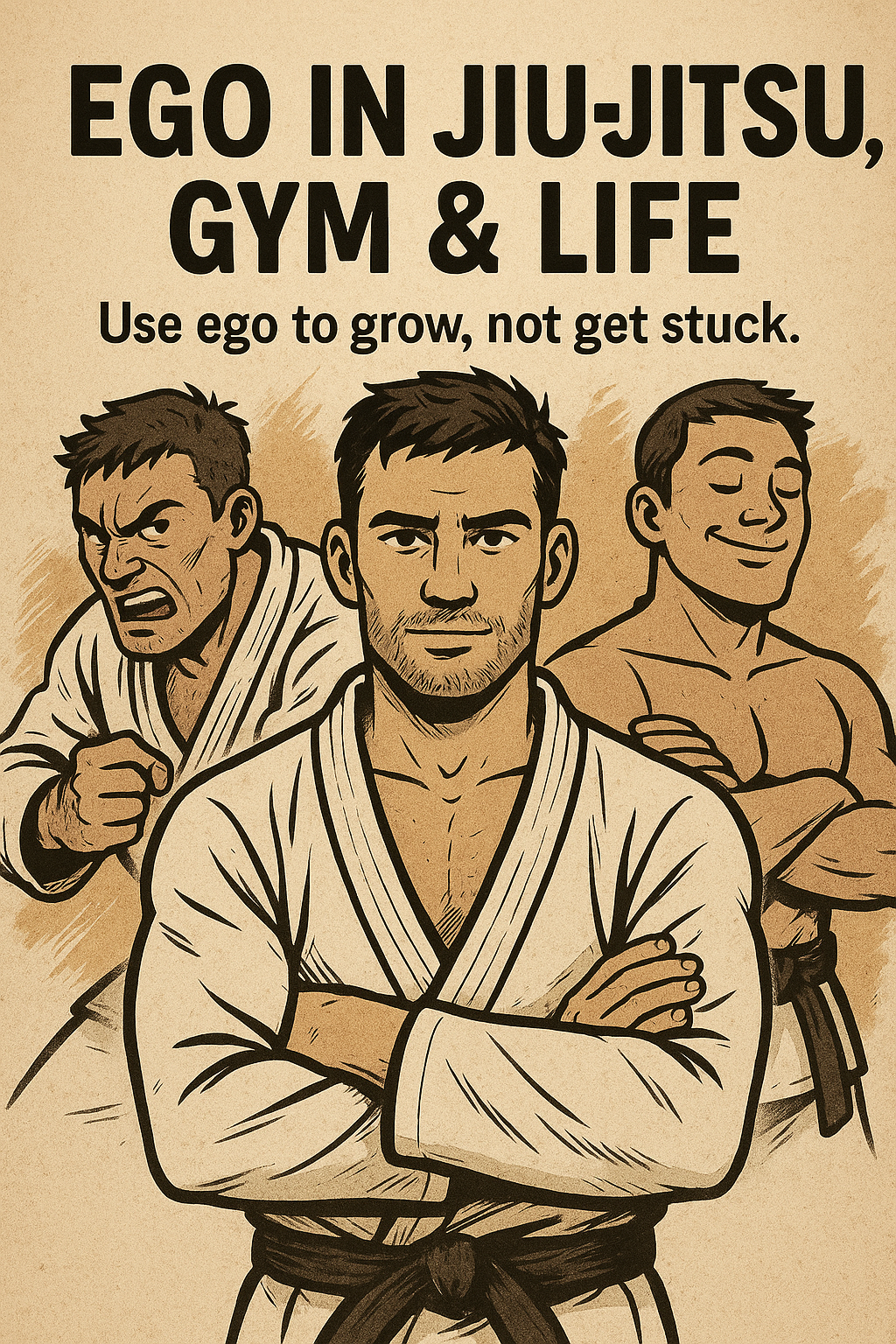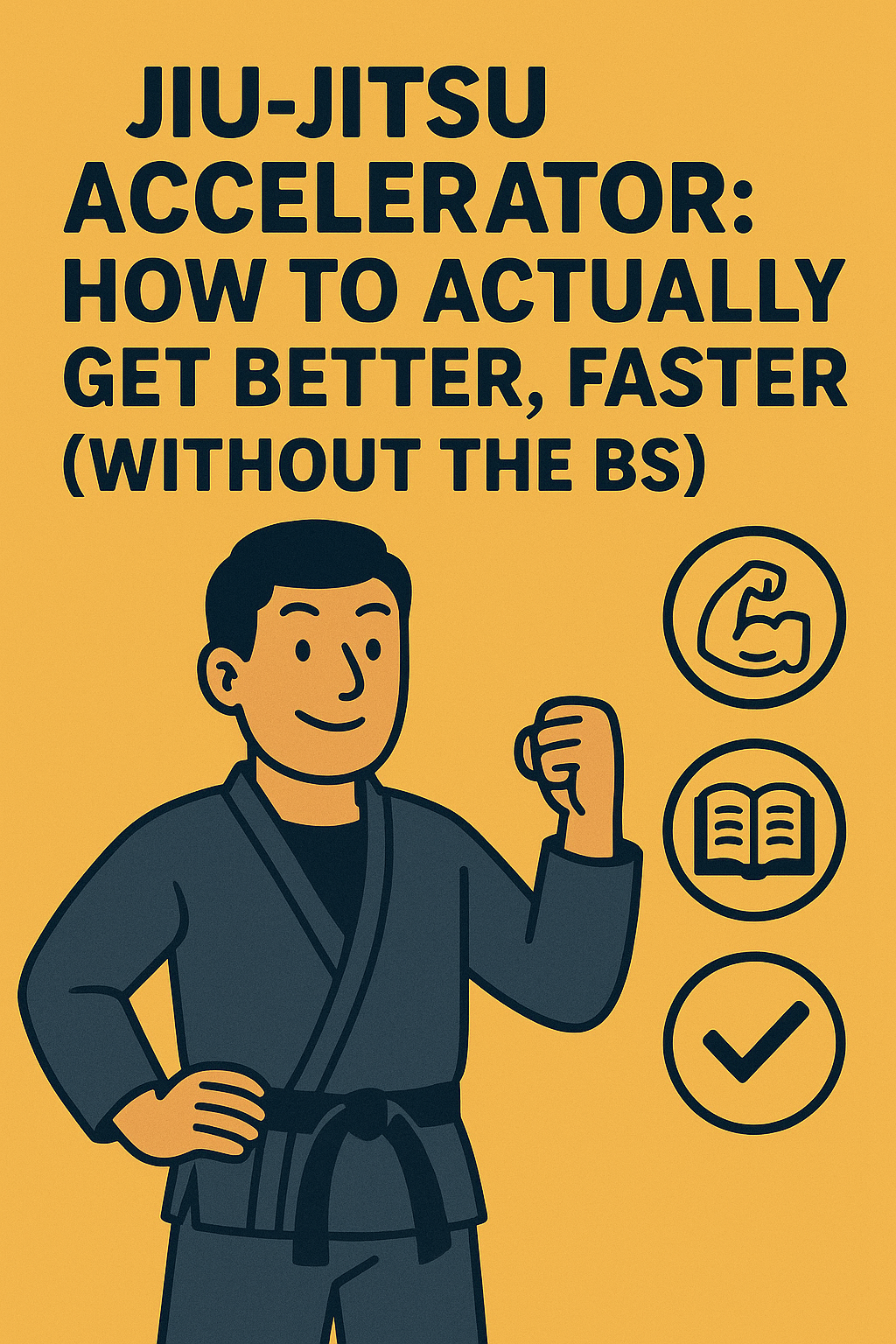Should You Hire a Personal Trainer? Here’s the Real Answer
The Start of My Fitness Journey (And Why I Wish I Had a Coach Back Then) I was 13 years old when I first got the spark. No fancy gym memberships. No YouTube tutorials. No Wi-Fi. Just a few blurry calisthenics videos shared between friends via Bluetooth—the old-school way. These guys were ripped, strong, and moving their bodies in ways that looked superhuman to me and my friends. Out of all of us who watched those videos, I was probably one of the few who decided to actually do something about it. Fast forward 20 years—and here I am, still on the journey, still learning. Still reading books, listening to podcasts, asking questions, studying the experts. And yes, still making mistakes (but a lot fewer than before). If I could go back in time and hire a personal trainer? I would’ve done it in a heartbeat. It would’ve saved me years of trial and error. Saved me...




